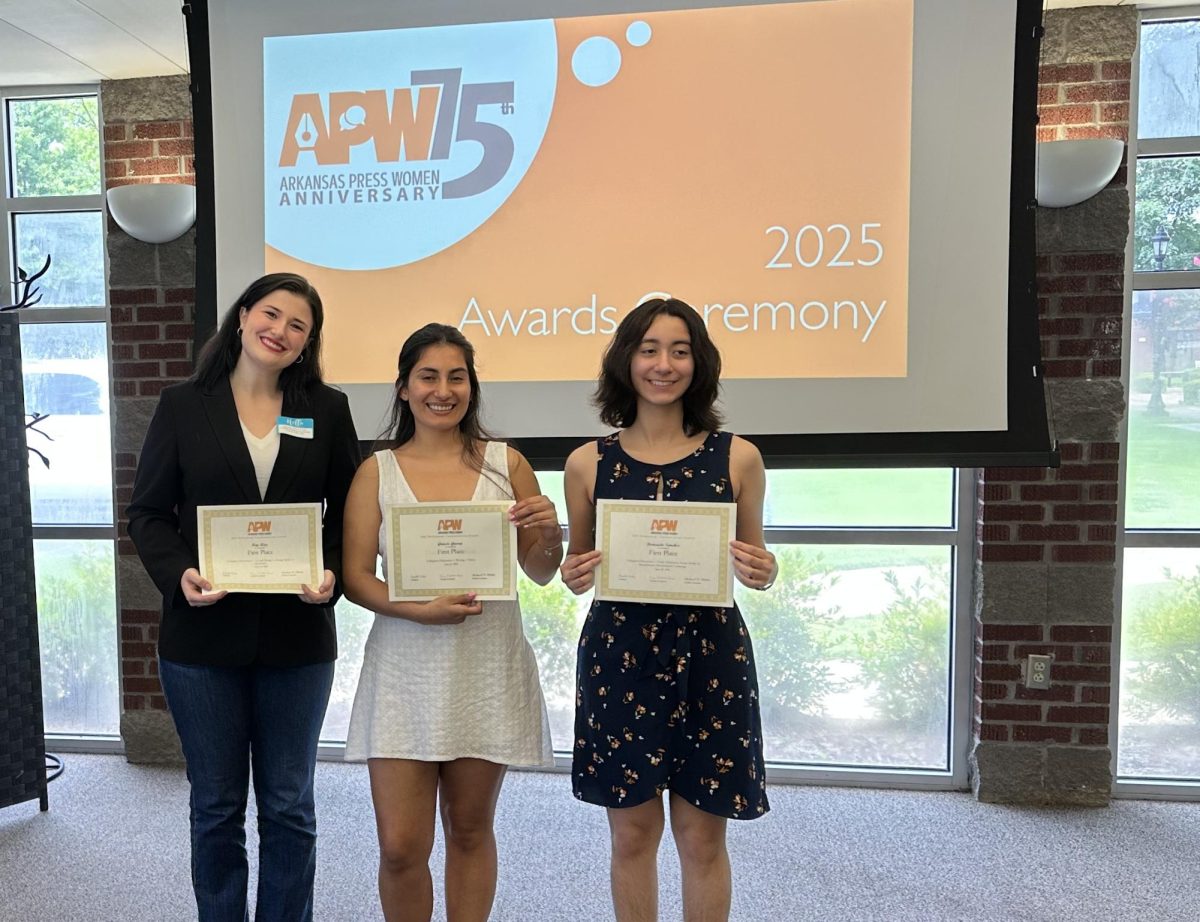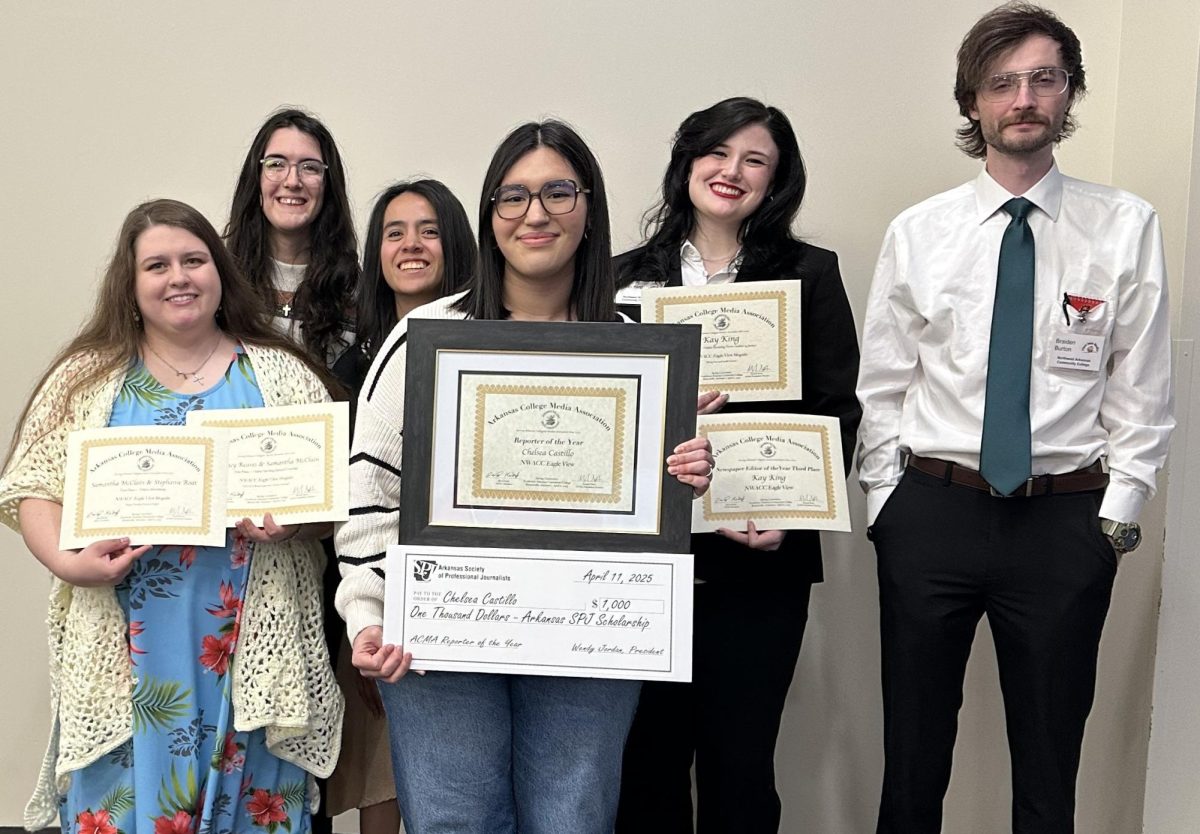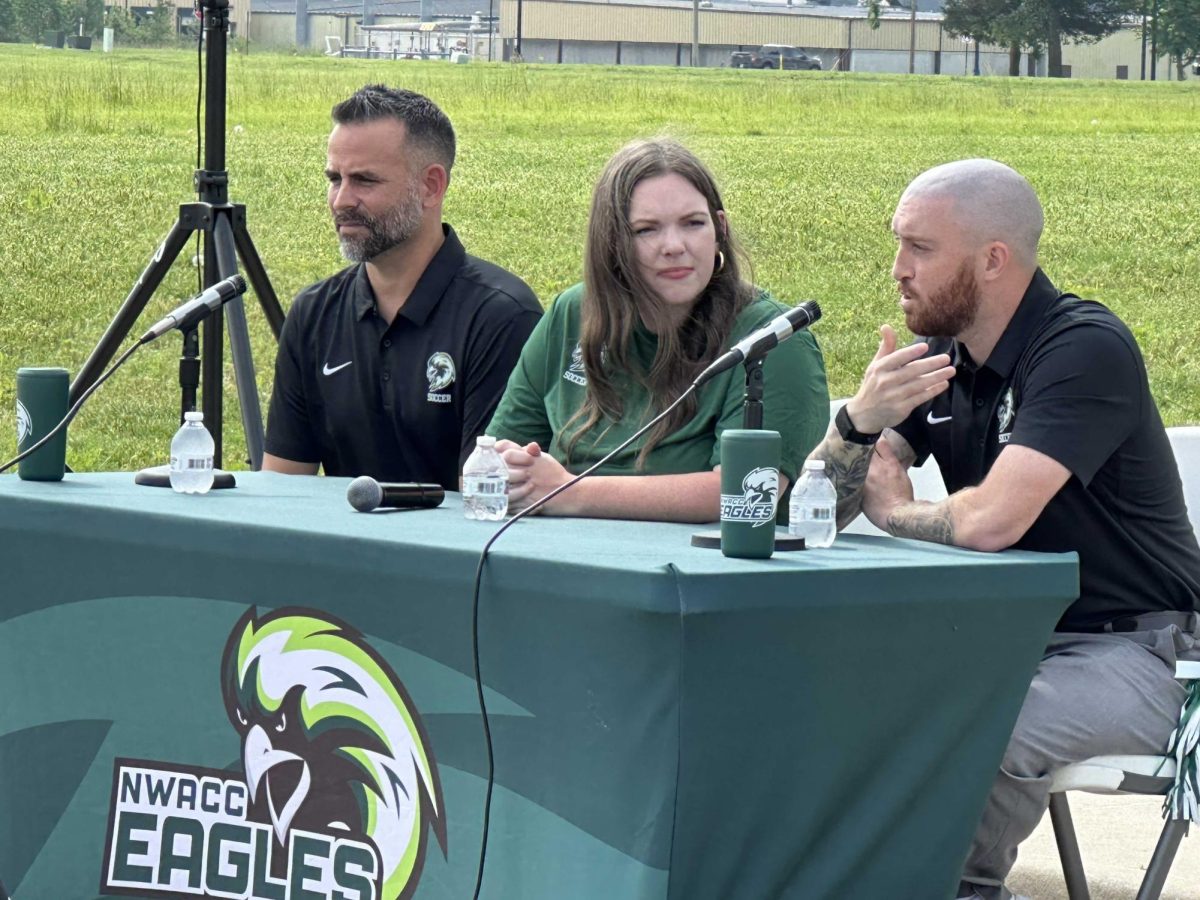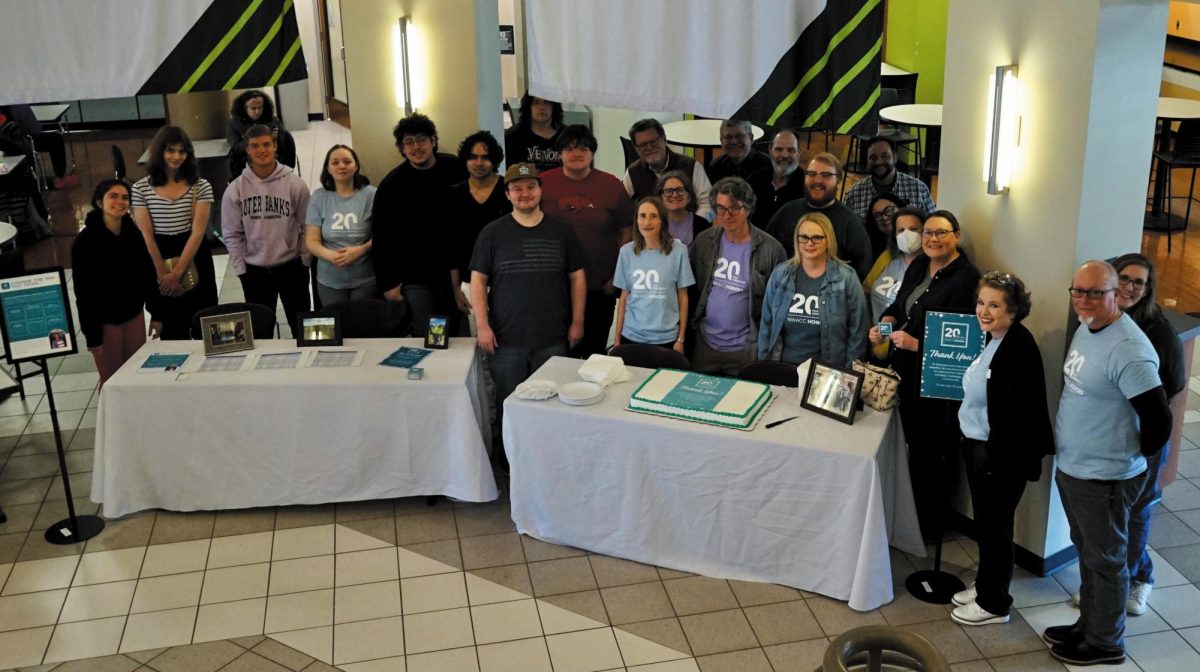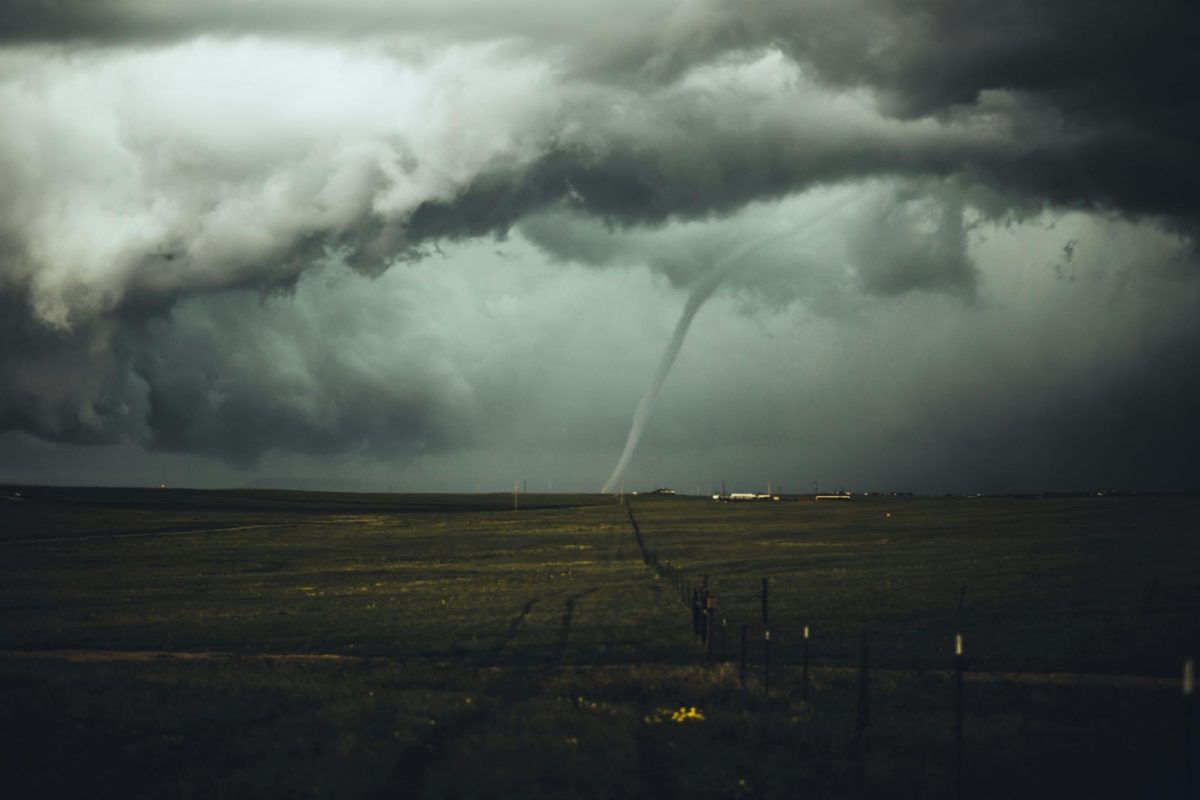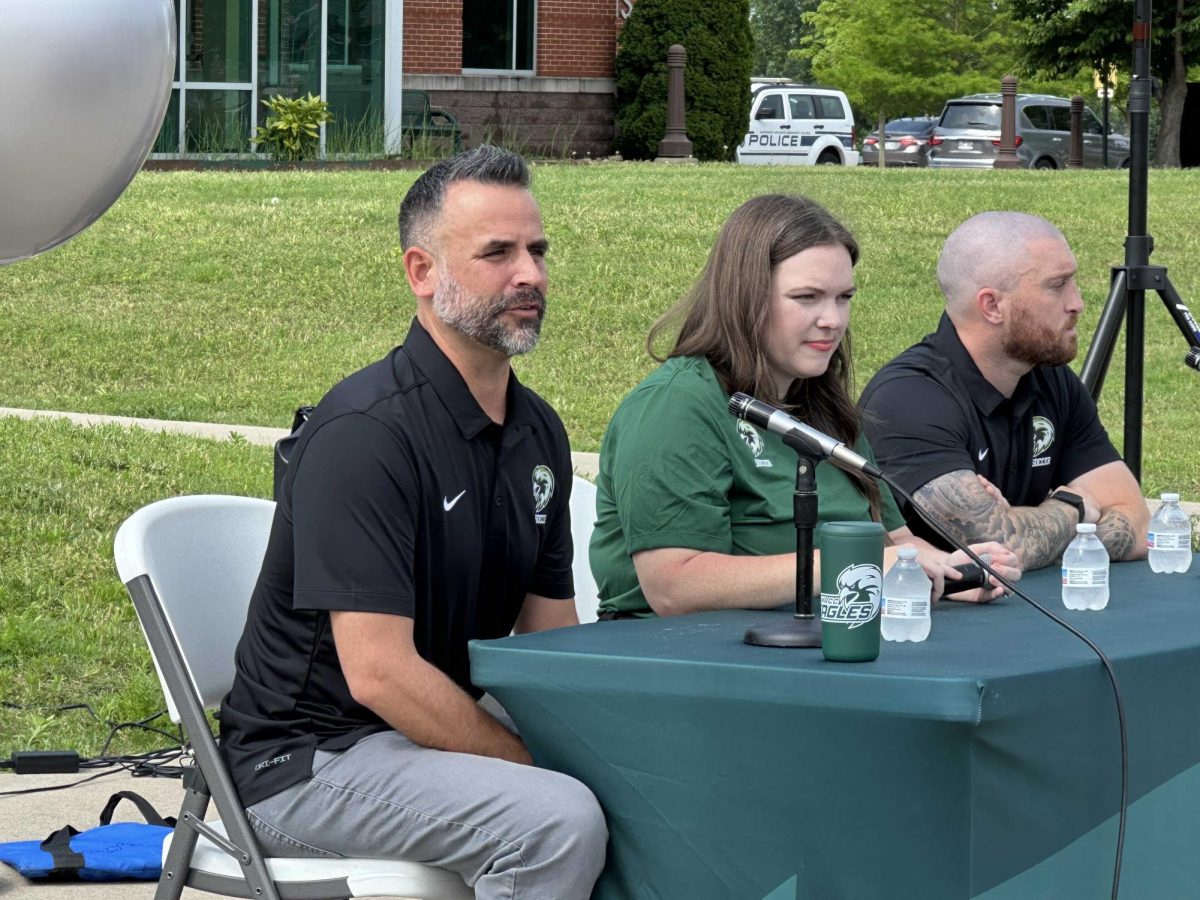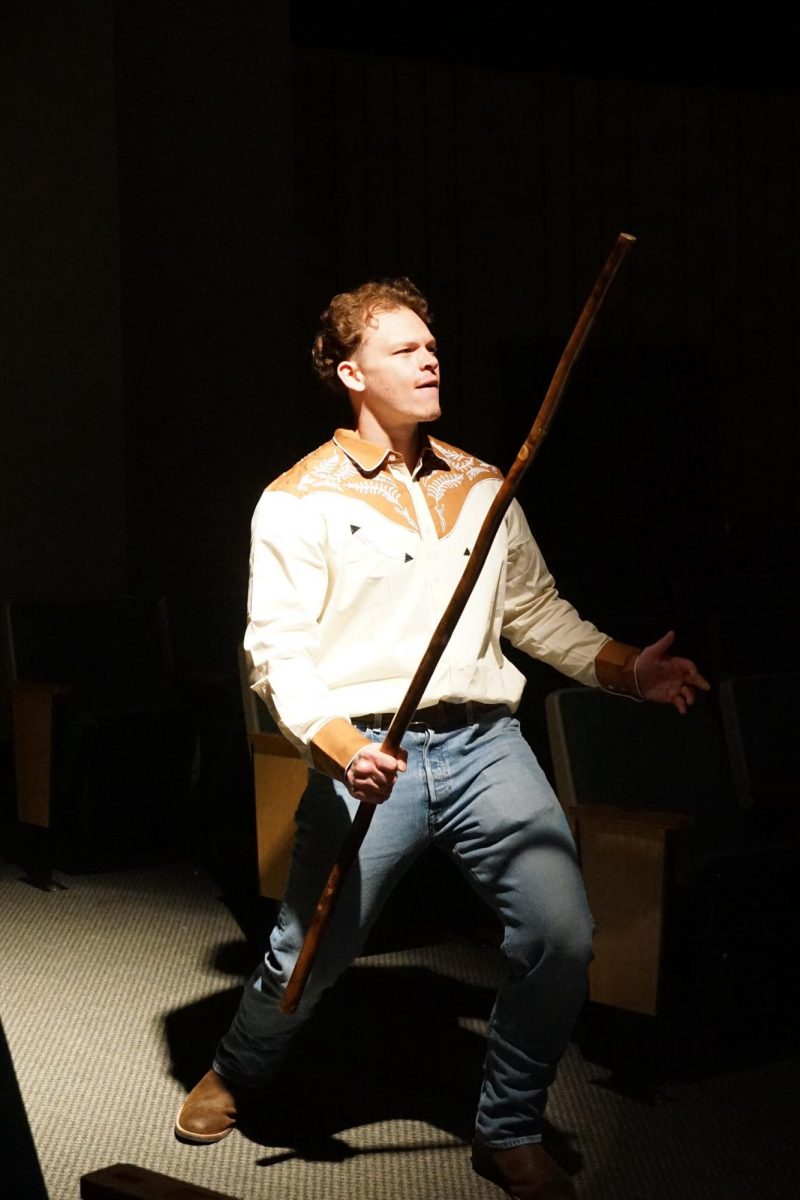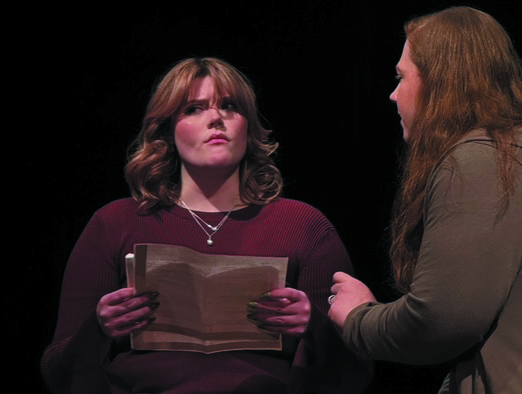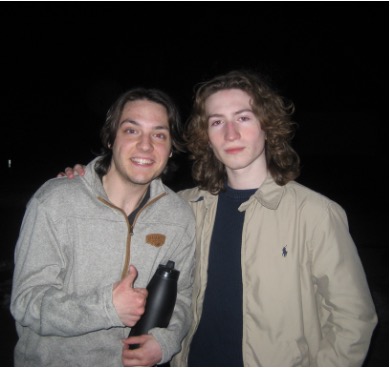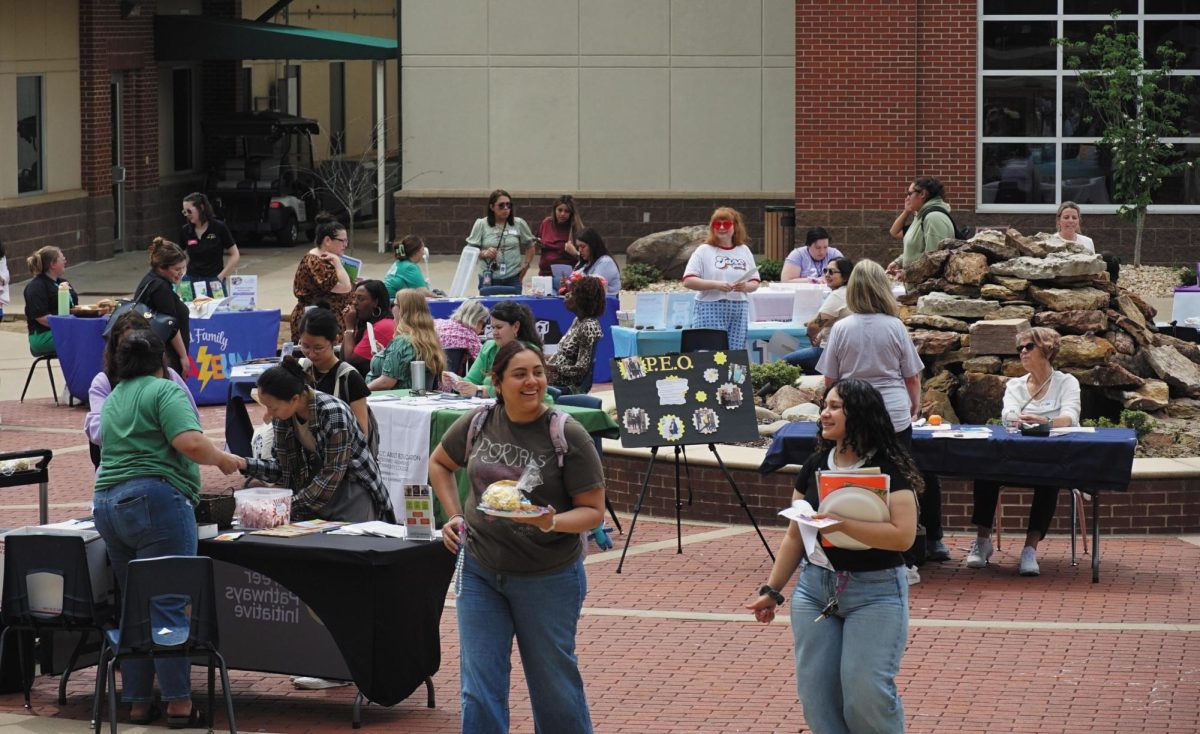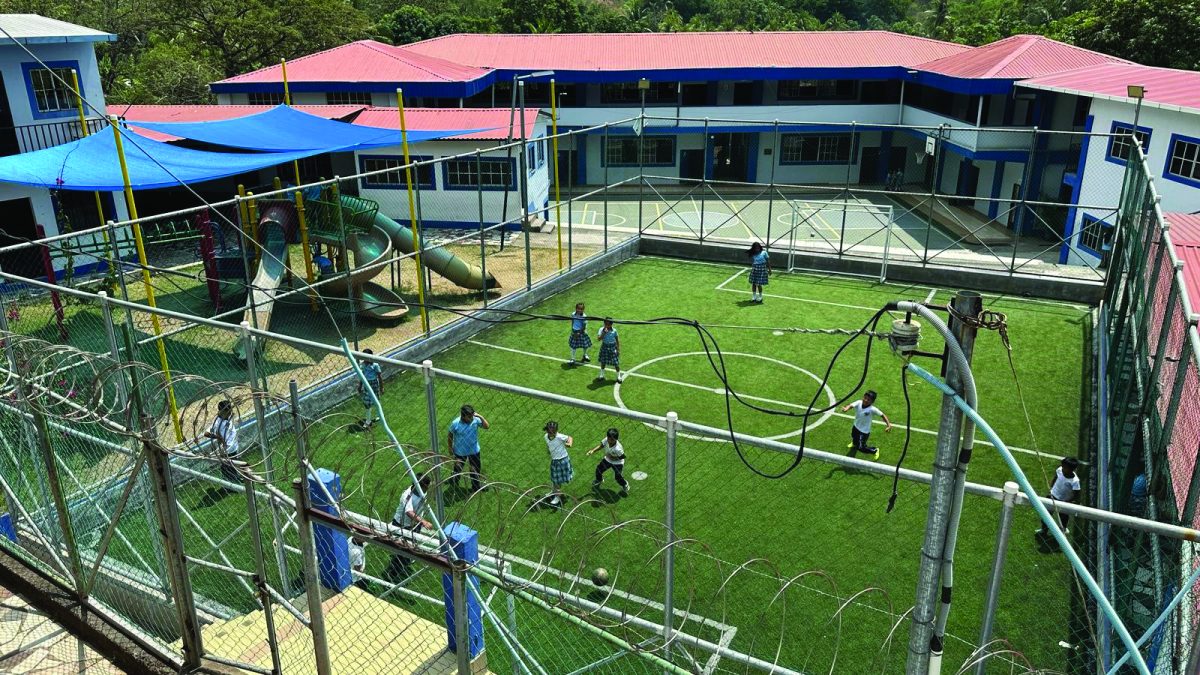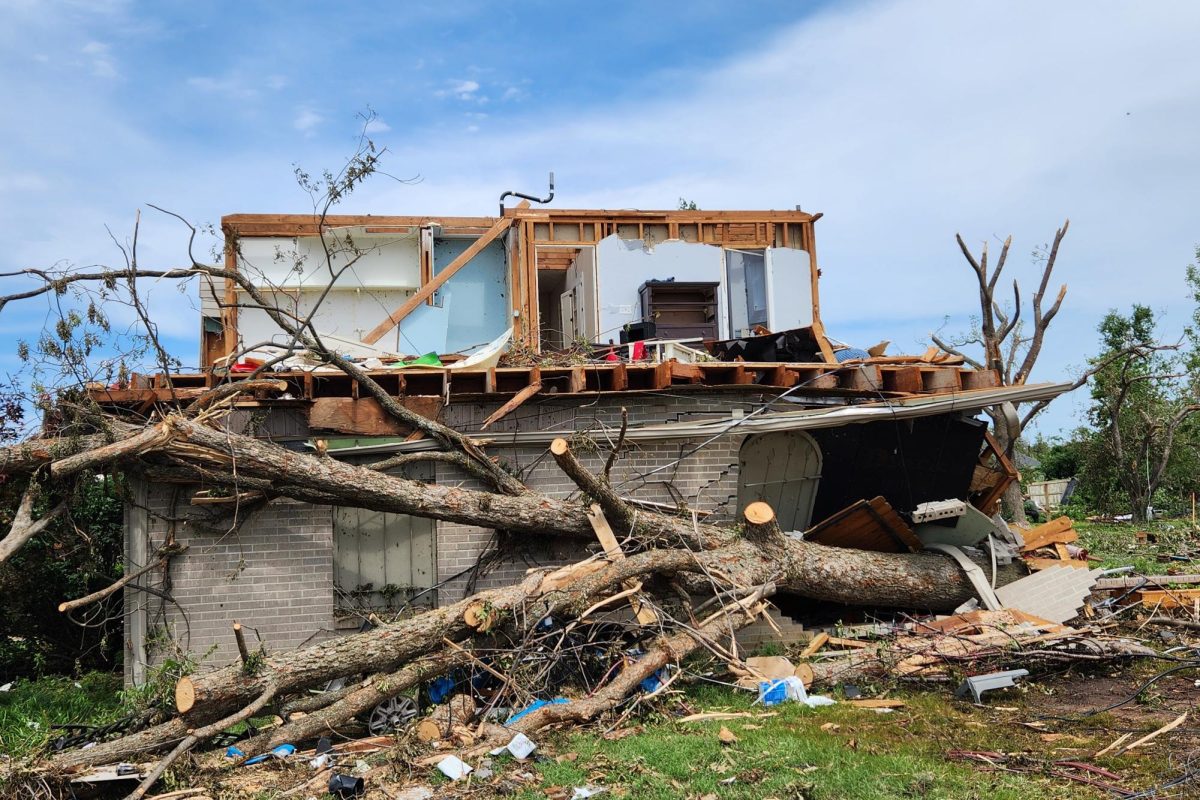Editor’s note: Destructive tornadoes struck Benton County a year ago during Memorial Day weekend. News Editor Dayanti Arechiga reported on the impact.
Nearly a year after violent storms struck Benton County, two faculty members are close to putting their homes and lives back together. The May 26, 2024, tornadoes hit surrounding towns in the Northwest Arkansas region, such as Decatur, Rogers, and Bentonville.
More than 2,000 Benton County homes and businesses received damage in the storms, with 77 structures destroyed and 267 sustaining major damage, according to figures from the Federal Emergency Management Agency, Benton County Emergency Management, and the Arkansas Department of Emergency Management.
At least two faculty members at NWACC were among those affected. Faculty members, Professor Megan Looney and Professor Steve Voyak, were impacted by the storm, and their homes were among the many to have had damage inflicted on their property.
When asked about the experiences that Professor Voyak and his wife endured, Jean Voyak noted, “It does get better; it may take a while, but it will get better.”
The Voyaks had been in Colorado visiting family the night the natural disaster struck. They recalled the need to pack up their belongings in another state, as they waited for everything to fall into place so that they could return home. In Rogers, their house was one of many that were hit by the intense winds. Jean Voyak best described the feeling of helplessness as, “You just become numb.”
Looking back, Jean Voyak noted the time between now and then feels slow yet fast simultaneously: “It sometimes seems like last week, and sometimes it seems like it was five years ago, like it will never end.”
When recounting their experience with the tornado, Jean Voyak talked about the other aspects of a tornado that some may not have regarded, “Tornadoes have a smell that you’ll just…It’s awful.” The odor seemed to be sticking to anything, such as clothing, and it was remembered that the smell was difficult to get rid of. Steve Voyak described the smell as a “combination of water, wood, and insulation, and just anything and everything you can imagine.”
Fellow faculty member, Professor Looney, who teaches in the English department, was affected by this disaster as well. Looney experienced damage to her Bentonville home. The damage due to mature trees is a factor in many cases of stronger tornadoes. Aftermaths such as holes poked into roofs by the limbs of trees are far too common. The destruction can then create even bigger problems, such as water and debris falling into the house or business, which in turn creates water damage inside the buildings.
That was the case for Looney’s home. “One of the trees had almost, like, hatcheted into the part of the house that’s actually right above our bedroom,” she said. “And that’s where the electric service connects to the house. So, it had hit that and just completely disconnected everything.”
The storm damage was not the only challenge that the couple faced. “The next couple of weeks just seemed a bit like a comedy of errors,” Looney said. She and her husband were under the weather with COVID-19 as the events took place. Dealing with a heavy sickness, fallen trees, and tornado damage that forced them to strip their houses to avoid mold growth made the ordeal trickier. To add to her situation, their basements flooded once more after draining them, and the powerline pole fell over, starting a fire shortly afterwards.
According to 40/29 News, the events of the Memorial Day weekend storms occurred in the early morning hours of May 26. The first and most damaging Decatur tornado touched down after heavy winds and storms mixed. The tornado began at 12:59 a.m. and ended at 1:21 a.m. and ranged in maximum winds of 145 to 155 miles per hour. To measure the strength of the event, meteorologists use the Enhanced Fujita Scale to categorize the intensity. Starting at EF-0 as the weakest and EF-5 as the most destructive, anything over an EF-2 would be considered a stronger tornado. The first Decatur tornado reached a level of EF-3, being one of the strongest tornadoes Northwest Arkansas has seen. The first tornado that hit Decatur was credited as the widest tornado in Arkansas’s state history, with a width of 1.82 miles.
As the minutes passed, the Rogers tornado would land, causing notable damage to the heart of the downtown and its surroundings. The Rogers tornado ranked as an EF-1/EF-2 in power and spanned 1.7 miles wide, and it would soon destroy objects that stood in its path. The Rogers tornado occurred throughout the times of 1:46 a.m. to 2:00 a.m. and had a path length that spanned 7.4 miles. The wind speed of the tornado reached 125 miles per hour and a minimum of 115 miles per hour, with a maximum width of 3,000 yards.
According to the Encyclopedia of Arkansas, the Memorial Day weekend tornadoes resulted in ten Arkansas deaths, with three in Benton County.
When looking back at the tornado, Darby Bybee, Chief Meteorologist with 40/29 News, said, “It was easily the most unique storm I can recall.” This was due to the ability of the tornado to produce “…the two largest tornadoes in Arkansas history within such a short distance, along with five others, all in the same county.” Bybee called it “easily the most intense single supercell thunderstorm” he has encountered.
However, the referenced name of the “Rogers” tornado may lead you astray, as the tornado ran its path from Bentonville to Beaver Lake. Unfortunately, the tornado caused damage to many households and buildings due to its having hopped around many populated areas. The skipping of the tornado can be chalked up to the varying speeds of the whirlwind and the many types of building qualities. The disaster would affect the NorthWest Arkansas Community College and its members who attended the college. The campus received damage to its buildings, with most of the buildings requiring “repairs or replacements of roofing systems,” said NWACC’s Executive Director of Operations Bob Coutch. Much of the damage was caused by the winds and hail combined, causing holes and dents and a missing soffit. In addition, many trees had toppled over, causing many tree limbs and debris to fall on campus. The process of cleaning up took several weeks. The repairs of the buildings will start this summer, with an estimated duration of 18 to 24 months.
Nevertheless, as the hard times pushed on, the professors had moments throughout their aftermath that put sparks of light into their lives. An example of this can be seen when Jean Voyak was picking up the aftermath of their dresser being torn from their bedroom. When picking up the debris of it all, Jean Voyak recounted the number of socks she had picked up from her husband’s collection. Thinking, “Oh my God, I did not realize how many socks he had! Every time you lifted up a board, there would be another sock!”
When Looney encountered the peculiar and unlucky events of the aftermath, she commented, “Being able to laugh at the absurdity, I think, just reminded me of the importance of being able to laugh and the importance of finding humor in situations, even if they are bad situations.”
Another highlight of the Voyaks and their process to normalcy was the chance to help retire a United States flag that belonged to a neighbor of theirs. They found the flag wedged and wrapped in the roots of a tree, blown into their house. Then soon, the Voyaks helped their neighbors retire the flag in honor of the neighbors’ father, who had served.
As the anniversary of the storms approaches, the professors will return to normalcy. Reflecting on the collective experiences may help others remember the light we must carry with us when situations become dark, as we continue looking forward to the better.

